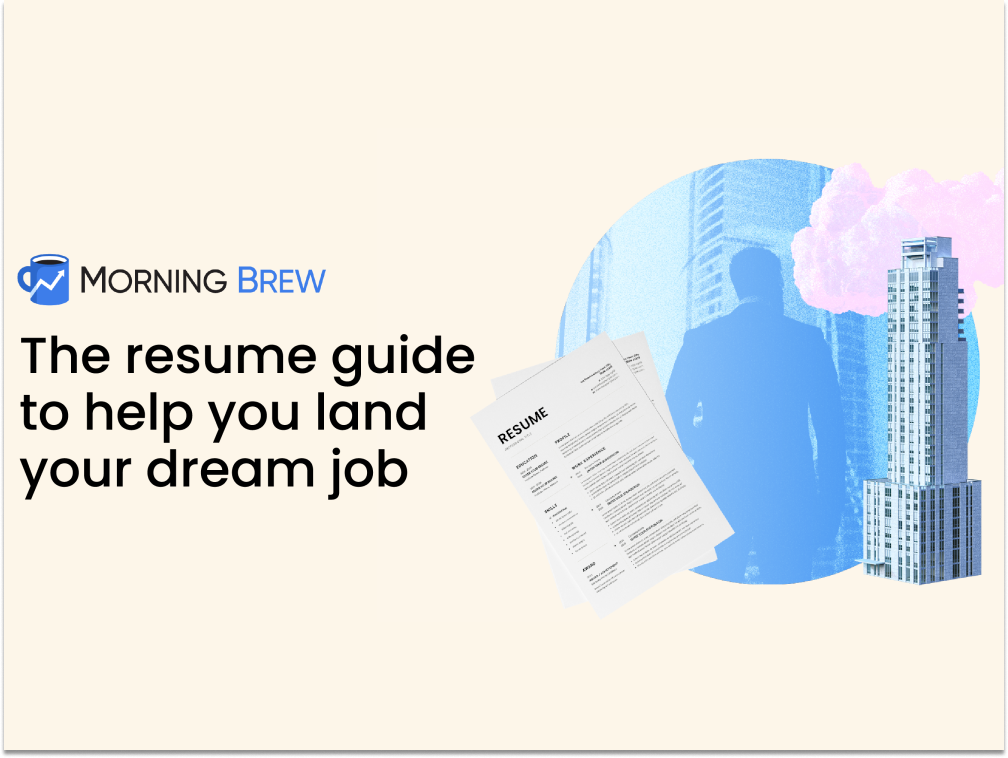Does your WFH setup include a device that keeps your mouse moving even when you’re not at your desk? We didn’t think so, but that doesn’t mean some in the workforce aren’t trying to trick Teams and Slack—and nosy managers—into thinking they’re hard at work when they’re actually folding laundry or rewatching Succession.
Mouse jigglers are the latest worker response to the new and uncertain world of post-pandemic work, where some workers are anxious, some employers are paranoid, seemingly nobody’s happy, and increased workplace surveillance can be seriously flawed.
Jigglers can range from $3 to over $60 on Amazon, and while they make for splashy headlines and great fodder for TikTok content, people professionals who spoke with HR Brew about the topic say, if employees are using these tools, it’s a sign of a bigger workplace issue.
Find a better way to measure productivity. “There’s a feeling [that] presenteeism equates to trust, and it’s a very old-school managerial mentality…You don’t trust that I’m doing the right things or using my time in the right way, or that I’m present, or that I don’t have three other jobs, that I’m not screwing you over,” said Mark Stelzner, co-founder and leader at management and consulting firm IA.
“Focus on input versus output,” he said. “Input is presenteeism. Input is time. Input is my Slack channel shows that I’m green or my Team’s channel shows that I’m on and active. What’s the outcome?...If I have a full-time job and the outcome is to incent me to get as efficient and effective as possible, if I can do my job in four hours a day, why isn’t that celebrated?”
Madison Butler, DE&I and culture consultant and CPO at cannabis glassware company GRAV, told HR Brew that managers need to be focused on the outcomes and “actually have the conversations on KPIs, metrics, and day-to-day.”
Reconsider surveillance. “There’s a lot of monitoring, and there is a lot of information about employees’ work. Everything you do online, the employer knows,” said Josh Bersin, HR industry analyst and founder and CEO of human capital advisory firm the Josh Bersin Company. “That data is available. Nobody really looks at it very much, but they can if they decide to.”
Keep reading.—AD






